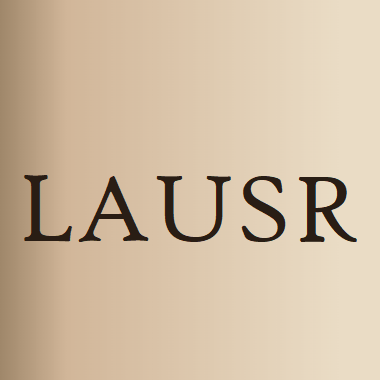
Introduction Aortoiliac occlusive disease (AIOD) is defined as atherosclerotic obstruction of the distal abdominal aorta and iliac arteries. Multiple options exist for management of AIOD including endovascular aortoiliac reconstruction and… Click to show full abstract
Introduction Aortoiliac occlusive disease (AIOD) is defined as atherosclerotic obstruction of the distal abdominal aorta and iliac arteries. Multiple options exist for management of AIOD including endovascular aortoiliac reconstruction and aortobifemoral bypass. As new technologies are developed, the best approach to manage this condition is evolving. Methods We performed a literature review to assess the current state of endovascular aortoiliac reconstruction and aortobifemoral bypass as options for revascularization of aortoiliac occlusive disease. Conclusion Endovascular aortoiliac reconstruction and aortobifemoral bypass are both feasible and clinically effective options for management of aortoiliac occlusive disease. No randomized controlled trial has been performed to show one option to be more effective than the other. Recent literature demonstrates comparable long-term patency, limb salvage and survival among endovascular approaches to the treatment of AIOD with quicker recovery, lower costs and improved quality of life when compared to open aortobifemoral bypass (ABF) surgery. Selection of procedure should be tailored to the individual patient in order to develop an effective long-term successful strategy for management of aortoiliac occlusive disease. Further study is warranted to define durability of these endovascular approaches as well as patient specific characteristics that influence outcomes.
Journal Title: Vascular and Endovascular Surgery
Year Published: 2022
Link to full text (if available)
Share on Social Media: Sign Up to like & get
recommendations!